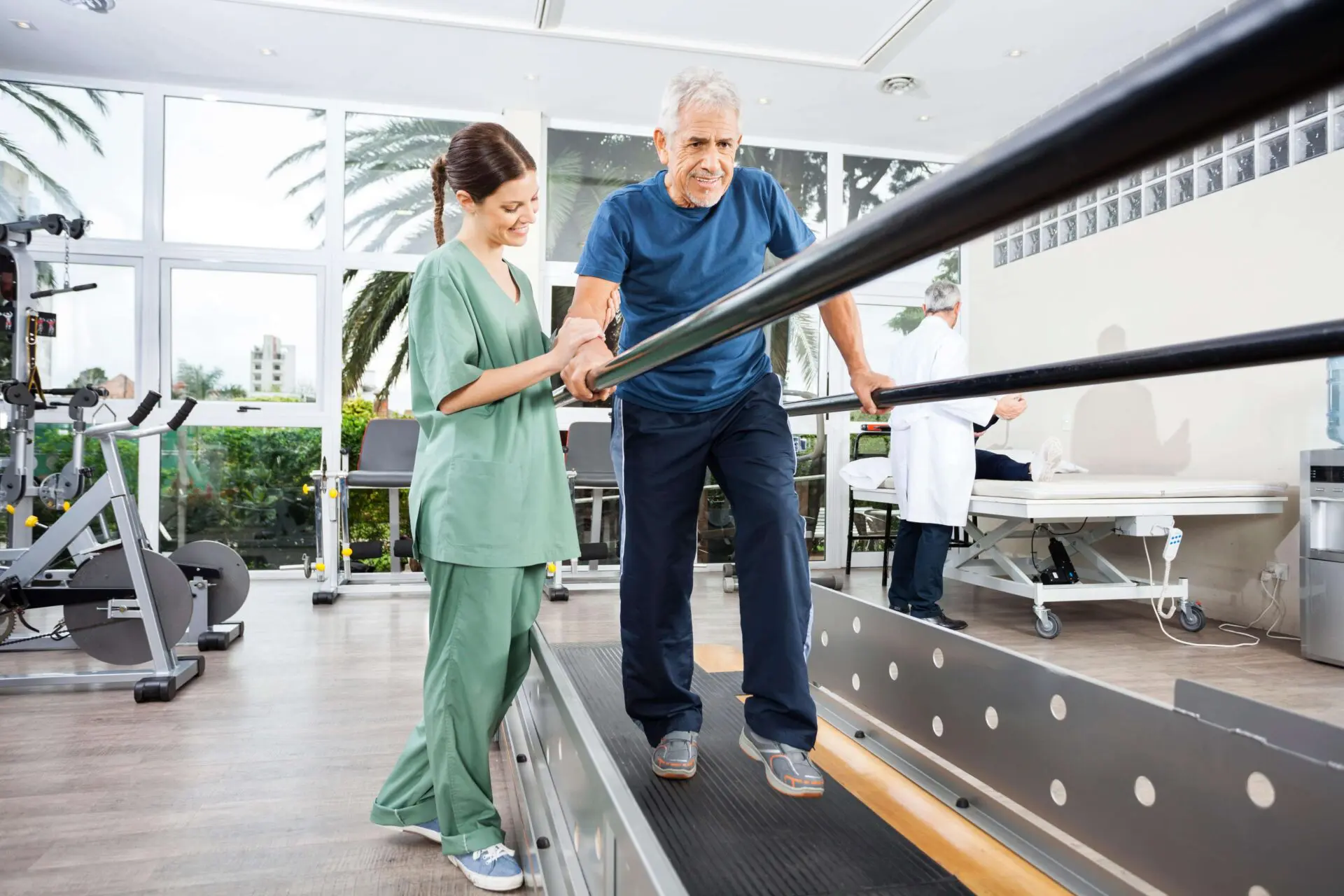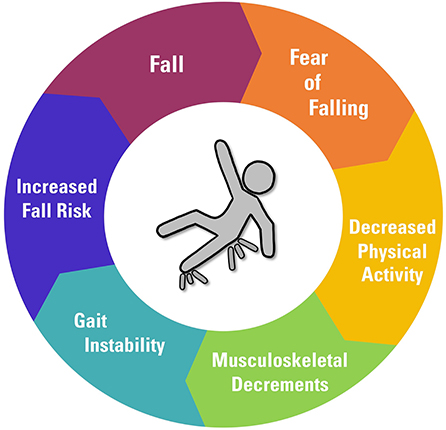Dementia Fall Risk - Questions
Some Known Facts About Dementia Fall Risk.
Table of ContentsDementia Fall Risk Things To Know Before You BuyThe Only Guide for Dementia Fall Risk9 Simple Techniques For Dementia Fall RiskThe Main Principles Of Dementia Fall Risk
An autumn risk assessment checks to see exactly how most likely it is that you will certainly drop. It is primarily done for older grownups. The analysis generally consists of: This includes a series of concerns regarding your general wellness and if you've had previous drops or troubles with equilibrium, standing, and/or strolling. These tools evaluate your toughness, equilibrium, and stride (the method you stroll).Interventions are recommendations that may lower your threat of falling. STEADI includes 3 actions: you for your danger of falling for your risk factors that can be boosted to attempt to stop falls (for instance, balance problems, damaged vision) to minimize your threat of dropping by using reliable strategies (for instance, supplying education and learning and sources), you may be asked several questions including: Have you dropped in the previous year? Are you fretted regarding dropping?
Then you'll rest down once again. Your company will certainly examine the length of time it takes you to do this. If it takes you 12 seconds or more, it may suggest you are at higher danger for a loss. This test checks toughness and balance. You'll rest in a chair with your arms crossed over your upper body.
Move one foot midway ahead, so the instep is touching the large toe of your various other foot. Relocate one foot fully in front of the other, so the toes are touching the heel of your various other foot.
Dementia Fall Risk - An Overview
A lot of falls take place as an outcome of numerous adding variables; therefore, managing the threat of dropping begins with recognizing the variables that add to drop threat - Dementia Fall Risk. A few of the most relevant risk elements consist of: Background of previous fallsChronic medical conditionsAcute illnessImpaired stride and equilibrium, reduced extremity weaknessCognitive impairmentChanges in visionCertain high-risk medications and polypharmacyEnvironmental elements can also raise the danger for drops, consisting of: Insufficient lightingUneven or damaged flooringWet or unsafe floorsMissing or damaged hand rails and get hold of barsDamaged or improperly equipped equipment, such as beds, mobility devices, or walkersImproper use of assistive devicesInadequate supervision of the individuals residing in the NF, including those that exhibit hostile behaviorsA successful loss danger administration program calls for a thorough clinical analysis, with input from all members of the interdisciplinary group

The treatment plan need to also include treatments that are system-based, such as those that promote a secure atmosphere (appropriate lights, handrails, order bars, etc). The performance of the interventions need to be examined periodically, and the care strategy revised as needed to reflect modifications in the autumn threat assessment. Carrying out a fall threat management system utilizing evidence-based finest technique can lower the prevalence of drops in the NF, while limiting the possibility for fall-related injuries.
The 30-Second Trick For Dementia Fall Risk
The AGS/BGS standard recommends screening all adults matured 65 years and older for fall danger every year. This testing includes asking individuals whether they have actually fallen 2 or even more times in the past year or looked for medical attention for a fall, or, if they have actually not dropped, whether they really feel unsteady when strolling.
People that have actually fallen once without injury ought to have their balance and stride reviewed; those with gait or balance irregularities need to receive added analysis. A history of 1 fall without injury and without gait or balance issues does not call for additional analysis past continued annual fall risk screening. Dementia Fall Risk. A fall threat evaluation is called for as component of the Welcome to Medicare examination
.png)
The smart Trick of Dementia Fall Risk That Nobody is Talking About
Documenting a falls history is among the quality indications for fall prevention and monitoring. A vital component of risk analysis is a medication review. A number of classes of medications enhance autumn danger (Table 2). Psychoactive medicines specifically are independent forecasters of falls. These medications tend to be sedating, change the sensorium, and impair balance and stride.
Postural hypotension can usually be alleviated by decreasing the dose check out this site of blood pressurelowering medicines and/or quiting medications that have orthostatic hypotension as a side result. Usage of above-the-knee assistance hose pipe and copulating the head of the bed elevated may additionally decrease postural reductions in blood stress. The suggested elements of a fall-focused physical exam are displayed in Box 1.

A TUG time above or equivalent to 12 secs recommends high loss threat. The 30-Second Chair Stand test examines lower extremity stamina and balance. Being incapable to stand from a chair of knee height without making use of one's arms suggests boosted autumn threat. The 4-Stage Equilibrium examination you could look here examines static balance by having the individual stand in 4 settings, each considerably a lot more difficult.